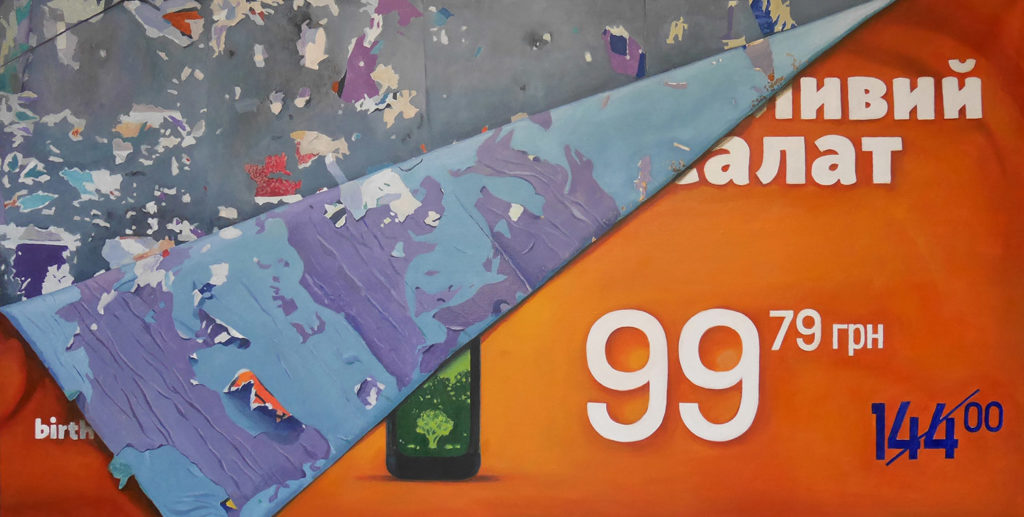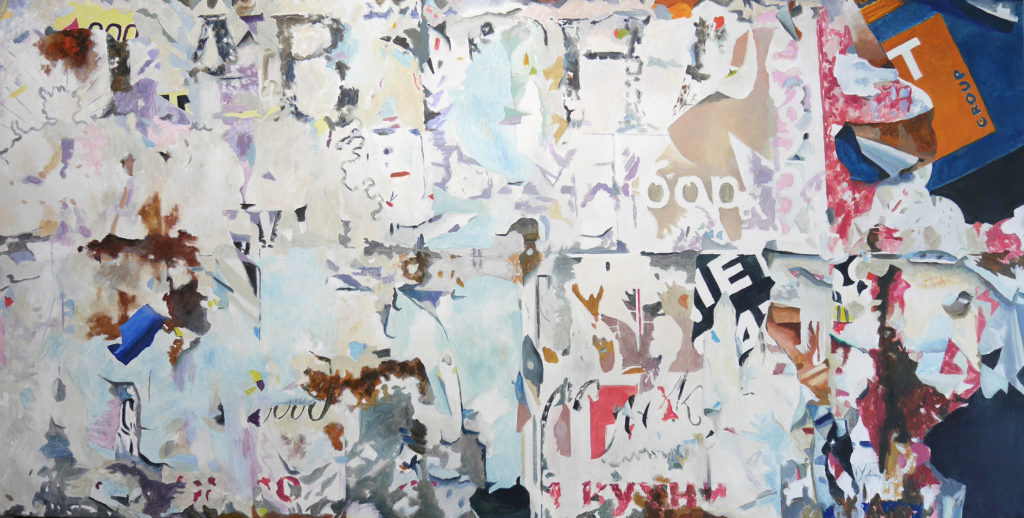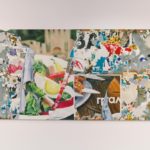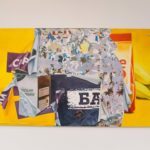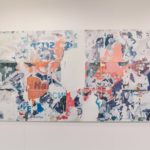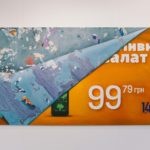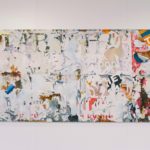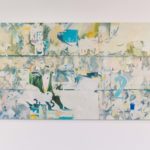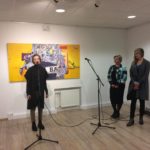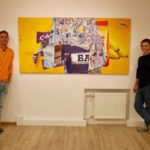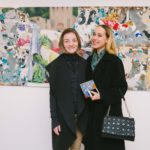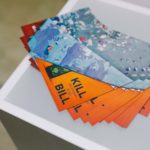KILL BILL | Кілл Білл
Реклама переслідує нас всюди, розповсюджуючи уривчасті, розрізнені, вирвані із контексту повідомлення. Щоб обмежити кількість спливаючої реклами товарів і послуг, що перетворилась на інформаційний терор, у цифровому світі ми можемо увімкнути “AdBlock”. А в реальному житті, перебуваючи в місті, ми не маємо можливості контролювати своє медіаспоживання. Бажання скоротити кількість зовнішньої реклами наразі здається утопічною мрією.
Проектом Kill Bill художниця звертає увагу глядача до проблеми переповнення нашого життя рекламою. Протягом півтора років подорожуючи вона документує пошарпані, зруйновані часом і природою рекламні щити 3х6 м, так звані «billboards». Природна смерть реклами на білборді є іронічною, адже її неможливо усунути і знищити навмисно. А самоіронічна назва проекту «Kill Bill» є омонімом на відому кінокартину «Вбити Білла». Проте, тут «bill» – це скорочення від «billboard», і дослівно назву проекту можна перекласти як «Вбити рекламний щит».
Відтворюючи зруйновані білборди на полотні фарбами мисткиня піднімає питання, які естетичні та ненав’язливі меседжі можуть передавати ці «острови тиші». Те, що виникає саме по собі можна вважати самодостатніми художніми творами. Проект апелює до вічної дискусії “абстрактного” і “предметного” в мистецтві. В роботах Альони неможливо знайти межу між цими поняттями. З однієї сторони, вони фігуративні, передають впізнаваний наратив, коли можна розгледіти уривки рекламних повідомлень. З іншої, вони цілком абстрактні, та є візуалізацією неконкретного, невизначеного, неточного. Сюжет картин знаходиться в пограничному стані, коли вмирають існуючі наративи і народжуються нові смисли. Відбувається перехід від реалістичного і конкретного до нового абстрактного і невизначеного.
En
Kill bill is my dialogue with Kyiv city. Abandoned billboards – are a widespread phenomenon in Ukraine, but also I’ve seen some examples worldwide. The places for ads, there are plenty of them along the roads and in the cities. The natural death on billboards is ironic since it is impossible to remove rubbish advertisements deliberately. The series raises questions about the mindless consumption of goods and visual noise. The Kill bill series is a work on the verge of balancing abstraction and the figurative that captures, and flirts with the notion of the visual Kyiv urban environment (that forms our aesthetic taste), ready-made and time.
The title of this project shares its name with the famous movie “Kill Bill,” in this case “bill” is a reduction from the “billboard”.


